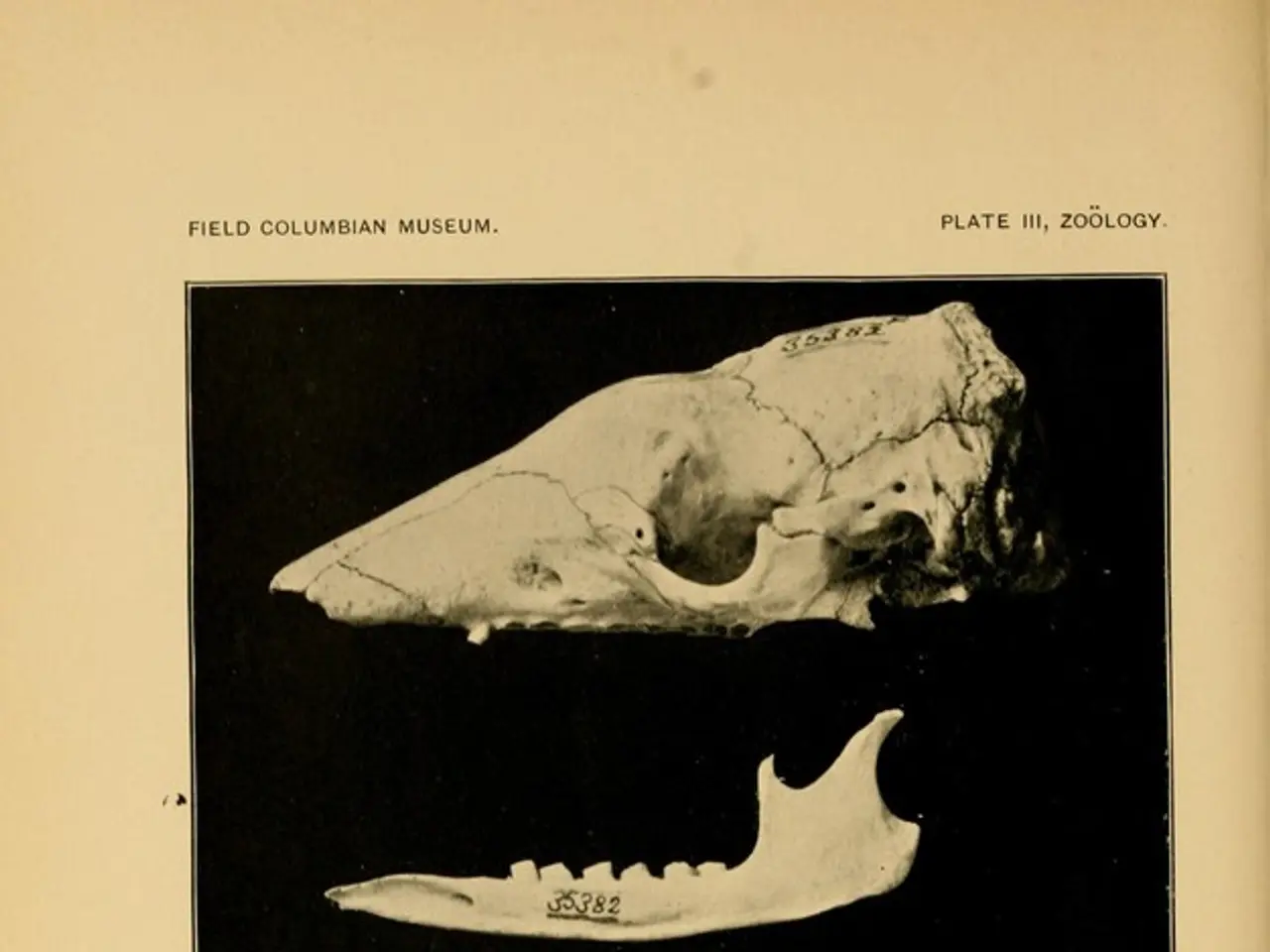Spinal Osteoarthritis: Understanding Its Signs, Causes, and Remedies
Spinal Osteoarthritis (OA) is a common condition that affects the back, causing pain, stiffness, and limited mobility. This article aims to provide a clear and concise overview of the causes, symptoms, and treatment options for spinal OA.
Spinal OA arises primarily from mechanical wear and tear influenced by individual factors (genetics, age, sex), lifestyle factors (weight, repetitive joint use), and injury history. Common risk factors include aging, previous joint injury or trauma, genetic factors, excess body weight, repetitive mechanical stress on joints, anatomic abnormalities causing uneven joint stress, and neuromuscular weakness. Occupational activities involving repetitive strain, such as kneeling, squatting, lifting, or working in bent or twisted positions, also increase the risk. Other contributing conditions can include inflammatory disorders, joint infections, and certain systemic diseases like hemophilia or metabolic disorders (e.g., hemochromatosis, diabetes) [1][3][4][5].
As we age, our cartilage repair capacity reduces, leading to mechanical wear in the facet joints and intervertebral discs. Excess weight stresses the spinal joints, accelerating cartilage breakdown. Women, especially post-menopausal, are more often affected, suggesting a hormonal component [1][4].
Spinal OA is a progressive condition that can start slowly and worsen over time. Symptoms include pain, stiffness or loss of flexibility, tenderness and swelling, limited range of movement, a grinding or popping feeling in the spine, and family history of OA. Fluids may also build up, leading to swelling or inflammation in the joints. Bony projections called bone spurs or osteophytes can form in the joints, pressing on nerves and causing damage and pain [6].
Spinal OA may cause difficulty performing daily activities, such as walking, climbing stairs, or getting in and out of a chair. A doctor, often a rheumatologist, will check the person's medical history, perform a physical exam, and order tests and scans, such as X-ray, CT scan, MRI scan, blood test, and joint fluid analysis, to diagnose spinal OA [7].
The treatment for spinal OA focuses on helping people manage the condition and slowing disease progression. Physical therapy can help improve range of movement, prevent further injury, suggest exercises to strengthen the spine, teach exercises to stretch the spine, suggest ways of doing daily tasks, and help a person improve their activity levels if they are carrying excess weight [2]. Self-care options include maintaining a moderate weight, staying mobile with exercises like yoga and tai chi, trying acupuncture and massage therapy, using assistive devices, performing exercises to strengthen the core, and reaching for natural treatments [8].
In some cases, spinal fusion surgery may be recommended to alleviate severe or worsening symptoms of spinal OA. However, early diagnosis, working with a healthcare team, and following a treatment plan can increase a person's chance of leading a healthy and active life [9].
It is essential to note that there is no cure for spinal OA. Doctors may prescribe nonsteroidal anti-inflammatory drugs (NSAIDs), acetaminophen, or epidural steroid injections for pain management [10].
In conclusion, understanding the causes, symptoms, and treatment options for spinal OA is crucial for early diagnosis and effective management. By working with a healthcare team and following a treatment plan, individuals can increase their chances of living a healthy and active life despite the condition.
- Spinal Osteoarthritis (OA) is primarily caused by mechanical wear and tear, influenced by factors like genetics, age, sex, lifestyle, injury history, and occupational activities.
- Risk factors for spinal OA include aging, previous joint injury or trauma, genetic factors, excess body weight, repetitive mechanical stress on joints, anatomic abnormalities, neuromuscular weakness, and inflammatory disorders.
- As we age, our cartilage repair capacity decreases, leading to wear and tear in the facet joints and intervertebral discs, especially in women post-menopause.
- Symptoms of spinal OA include pain, stiffness or loss of flexibility, tenderness and swelling, limited range of movement, a grinding or popping feeling in the spine, and family history of OA.
- Diagnosis of spinal OA involves a doctor reviewing the person's medical history, physical examination, and tests such as X-ray, CT scan, MRI scan, blood test, and joint fluid analysis.
- Treatment for spinal OA focuses on managing the condition, slowing disease progression, and improving quality of life. options include physical therapy, self-care strategies, surgery in severe cases, and pain management through medication.
- Early diagnosis, working with a healthcare team, and following a treatment plan can increase a person's chances of leading a healthy and active life with spinal OA.
- Despite the lack of a cure for spinal OA, understanding the causes, symptoms, and treatment options is crucial for effective management, maintaining eye-health, mental-health, and overall health-and-wellness, as well as engaging in fitness-and-exercise and sports activities, following a balanced nutrition plan for cardiovascular-health, and skin-care. Additionally, responsible sports-betting can provide an alternative source of entertainment while maintaining a healthy lifestyle.




